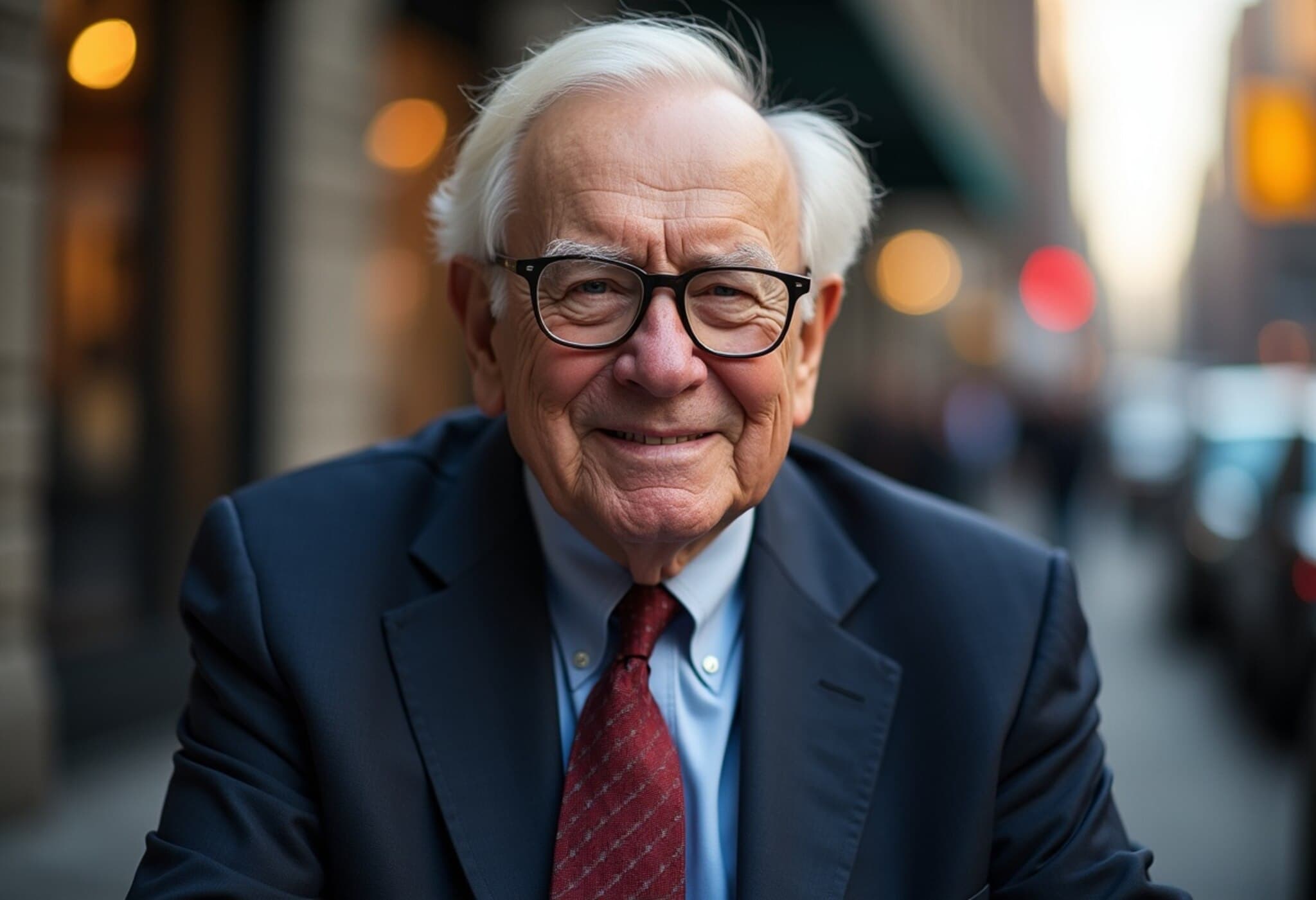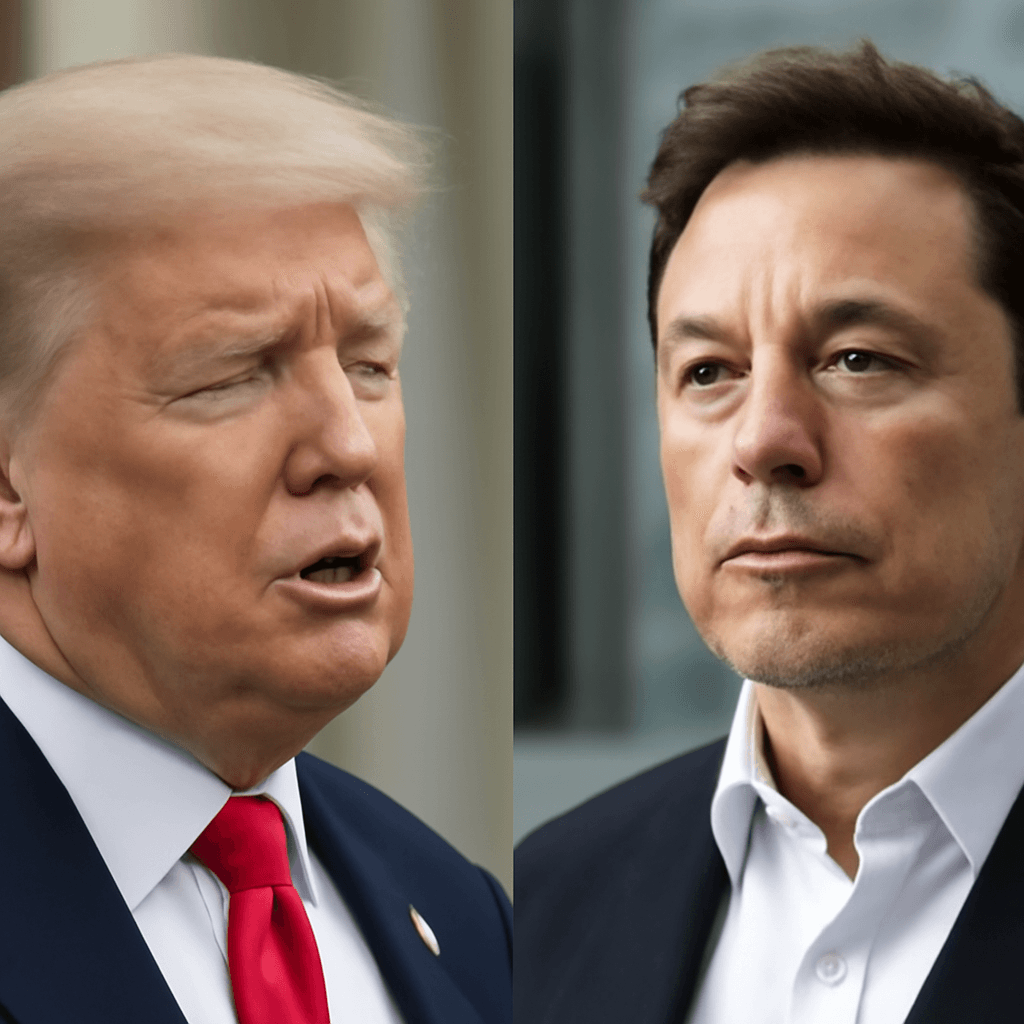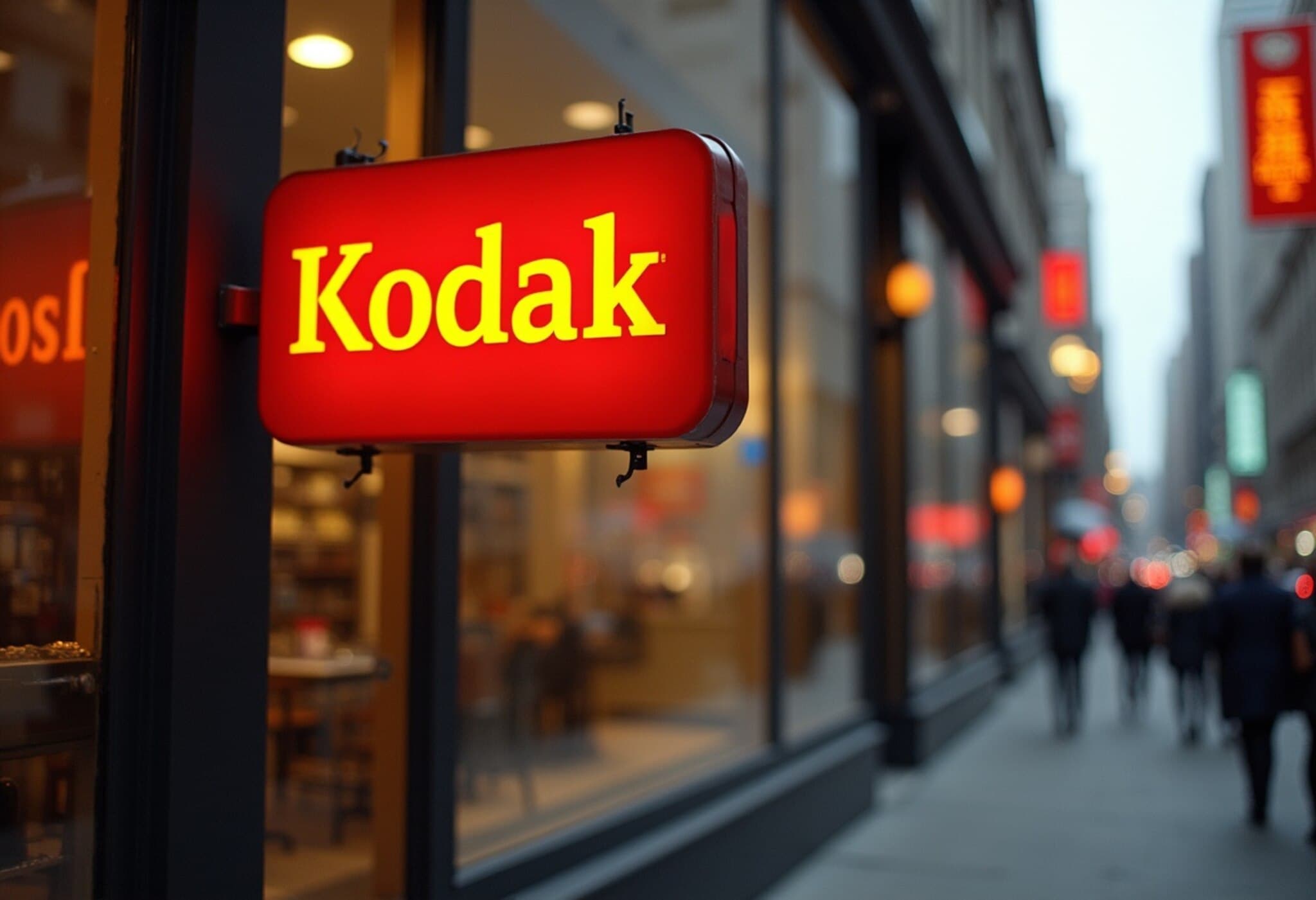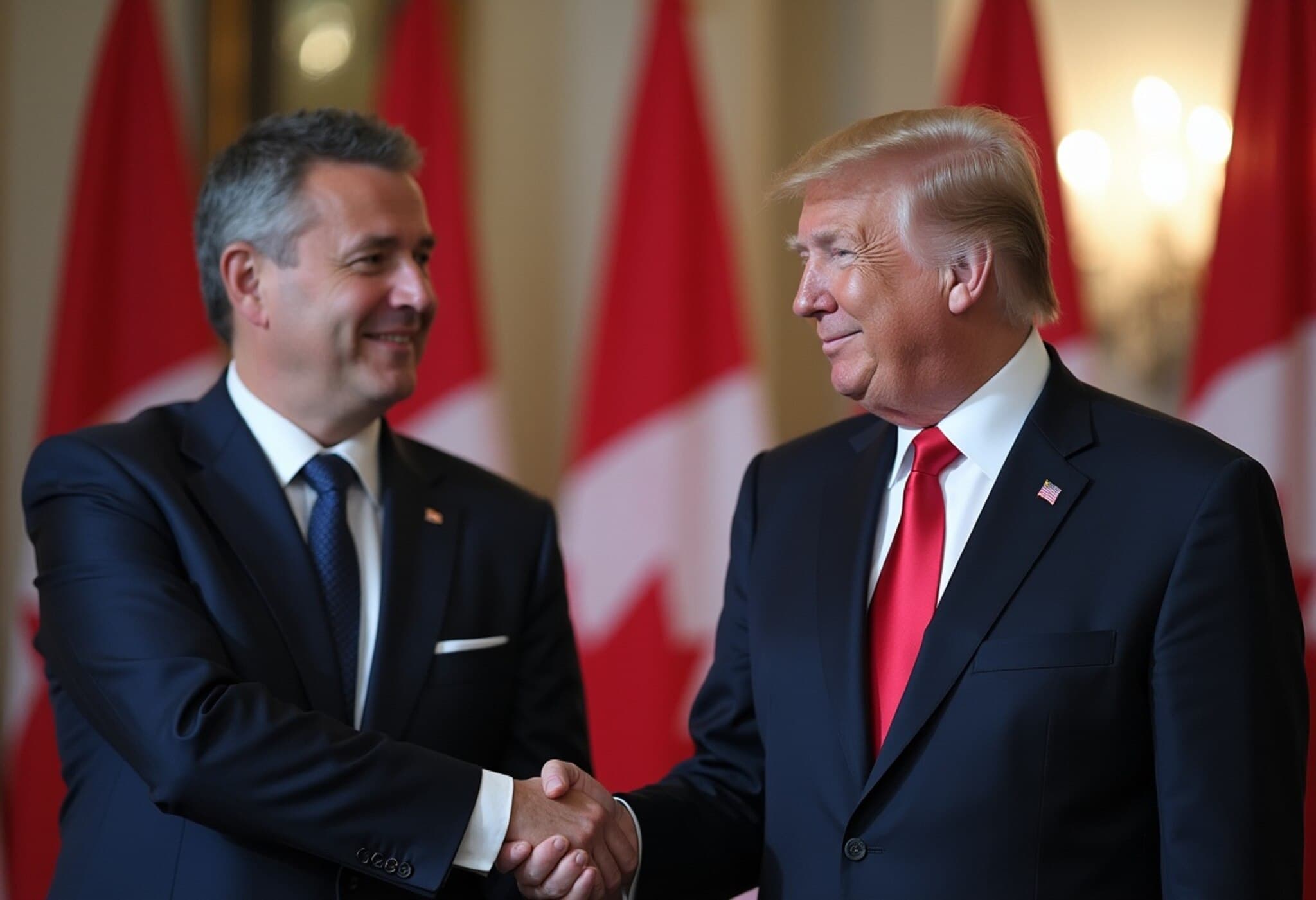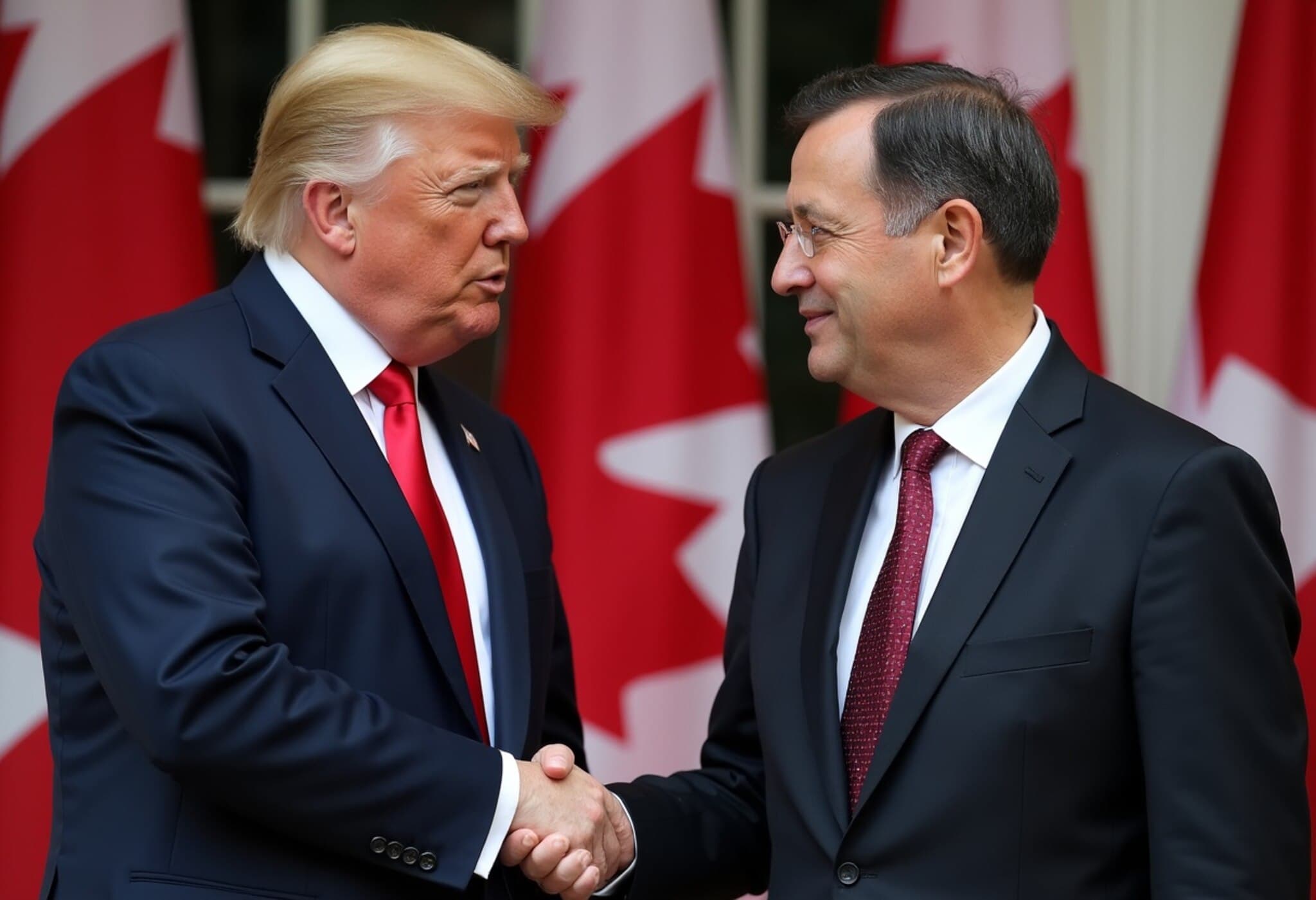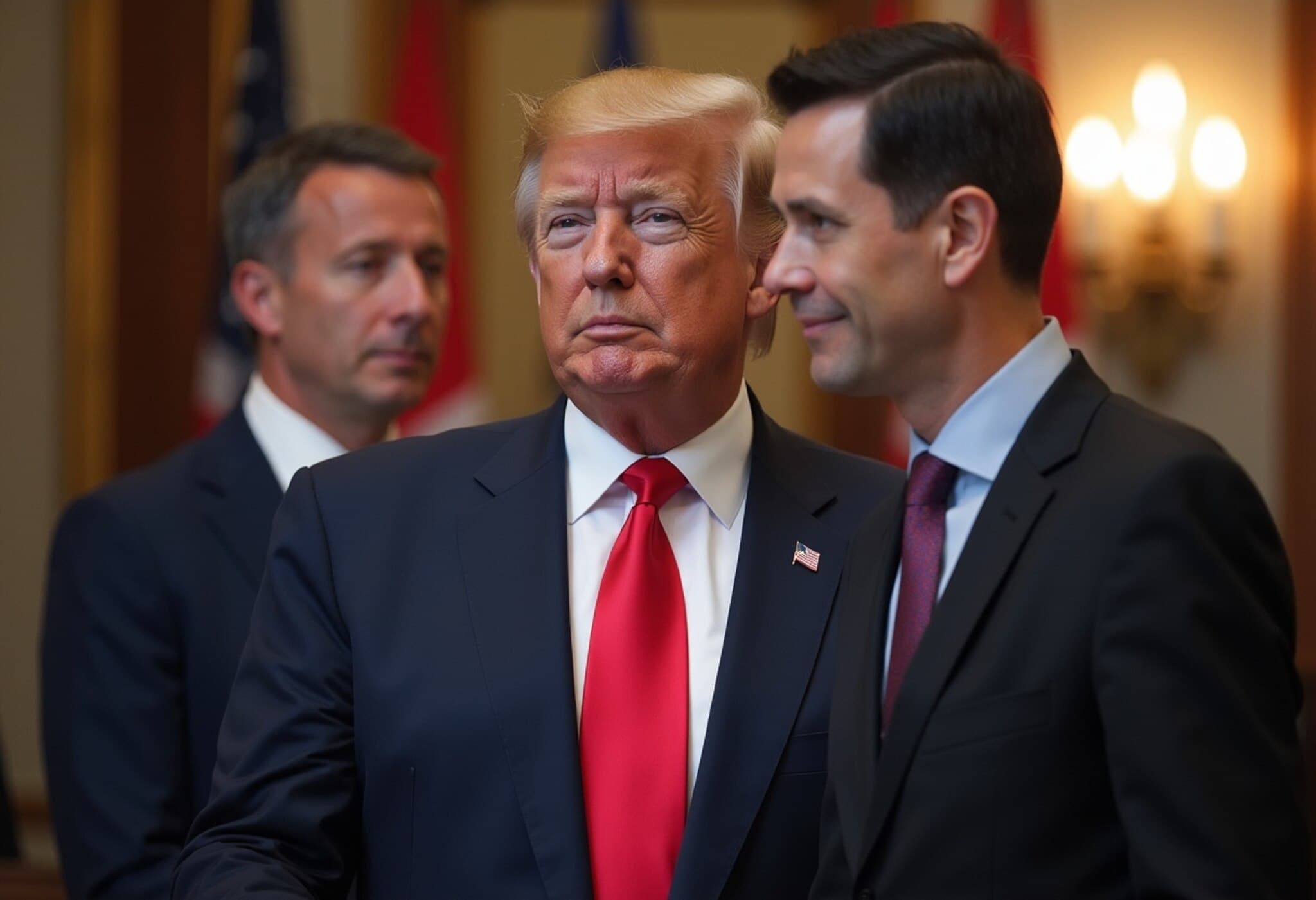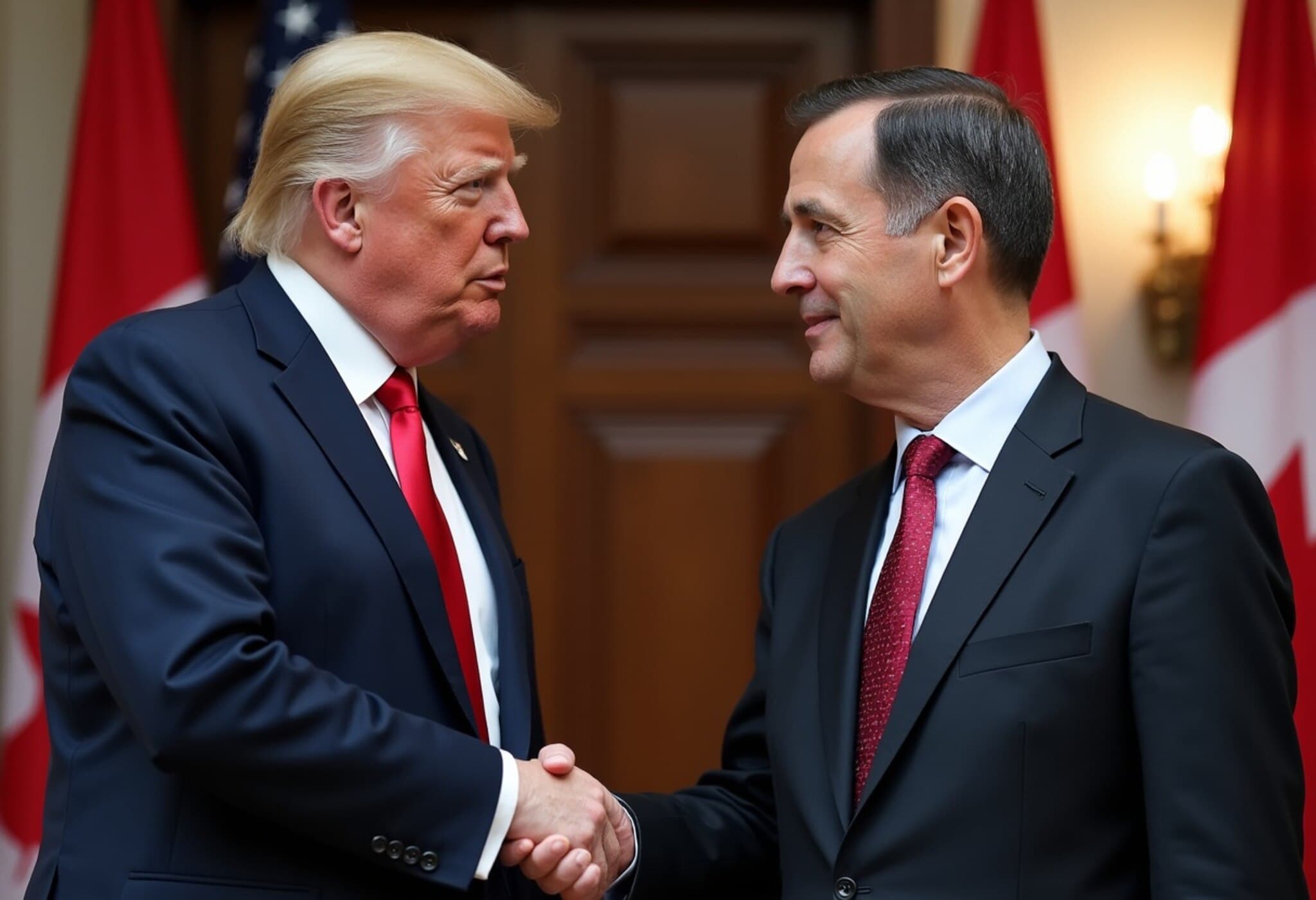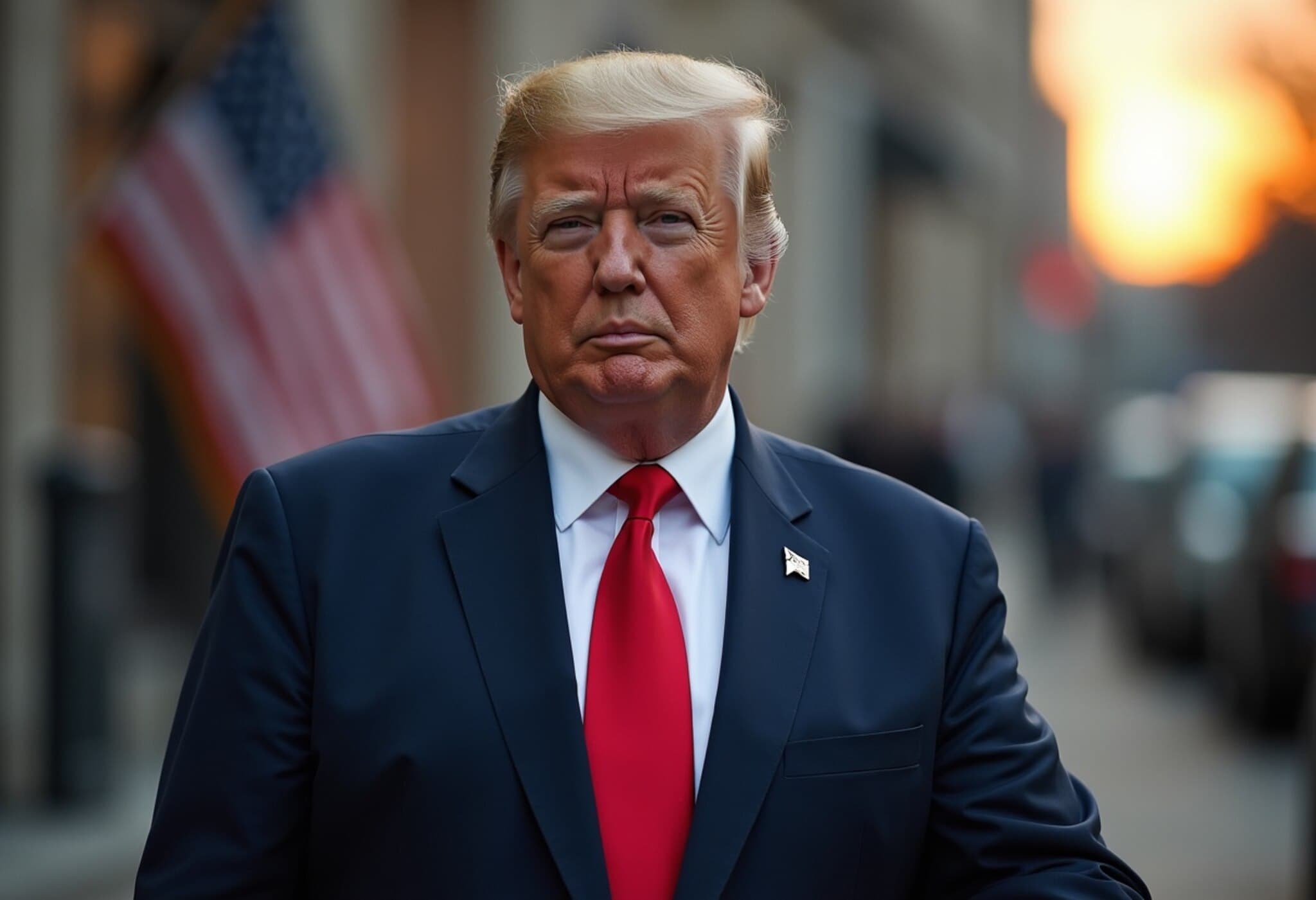Starbucks Introduces Four-Day In-Office Workweek Starting 2025
In a decisive shift signaling the end of pandemic-era remote working flexibility, Starbucks CEO Brian Niccol announced a new policy requiring employees to work from the office four days a week, effective with the 2025 financial year. The coffee giant’s latest mandate pivots away from its current three-day office week, underscoring a broader corporate trend aimed at enhancing collaboration and productivity through increased physical presence.
Details of the New Work Arrangement
Starting in early 2025, Starbucks employees will be expected to report to their workplace from Monday through Thursday. To facilitate this transition, the company is set to roll out a detailed seating plan by October, ensuring every team member has a dedicated desk. This move aims to address past logistical challenges of hybrid workspaces and foster stronger in-person teamwork.
For staff who prefer to maintain a remote working setup, Starbucks is offering a one-time voluntary exit package that includes a cash payment. This buyout option signals Starbucks' clear preference for in-office engagement while recognizing that flexible work arrangements may no longer fit all employees’ career or personal goals.
Context: A Return to Office Trend Among Corporations
Starbucks joins a growing list of companies reversing pandemic-induced remote work policies. While working from home surged during 2020, many firms are now reevaluating its impact on collaboration, culture, and performance. The shift reflects underlying challenges such as diluted team cohesion and diminished informal communication that some executives argue can only be addressed with physical proximity in the workplace.
Leadership Perspective and Business Implications
Brian Niccol, who has helmed Starbucks since late 2024, framed this change as critical to revitalizing the brand amid falling sales and competitive pressures. In a company blog post, he explained:
"We understand not everyone will agree with this approach. We’ve listened and thought carefully. But as a company built on human connection, and given the scale of the turnaround ahead, we believe this is the right path for Starbucks."
This candid acknowledgment highlights the tension between employee preferences and strategic imperatives. Niccol’s leadership signals a renewed focus on harnessing collaborative energy in physical spaces to rejuvenate customer experience and operational efficiency.
Regional Rollout and Affected Workforce
The policy change will impact Starbucks’ US support centers in Seattle and Canadian offices in Toronto, alongside regional teams across North America. Notably, back in February 2025, remote-working senior leaders at the vice president level were already requested to relocate to these hubs, indicating a phased return-to-office campaign.
Expert Insight: The Broader Labor and Economic Angle
From a policy and labor perspective, Starbucks’ approach raises significant questions about the evolving nature of work post-pandemic. While in-person collaboration has undeniable benefits, forcing employees to choose between relocation, increased office time, or severance payments could influence workforce stability and morale. In sectors like tech and services, talent retention increasingly hinges on flexible work policies, and firms stiffening office mandates risk losing key staff to more remote-friendly competitors.
Economically, Starbucks’ strategy reflects a bet that renewed office presence will translate into tangible performance gains, which will be critical as economic uncertainties loom with inflationary pressures and shifting consumer behaviors. It will be instructive to monitor how Starbucks balances operational costs, employee satisfaction, and business outcomes in this transition.
Looking Ahead: Questions for Industry and Employees
- Will Starbucks’ compulsory four-day office work enhance productivity to offset potential talent attrition?
- How will the buyout option impact employee turnover, and what precedent does this set for corporate America?
- Could this signal a wider backlash against remote work, or will hybrid models adapt instead?
Conclusion
Starbucks’ new hybrid work mandate underscores the complex recalibration of workplace culture as companies emerge from the pandemic. It offers a revealing case study in balancing tradition, innovation, and employee agency amid economic and competitive challenges. As Starbucks unfolds detailed implementation plans, workers and industry observers alike will be watching closely to gauge the wider implications for corporate workstyles in a post-pandemic era.
Starbucks’ move illuminates the evolving workplace landscape where human connection and operational efficiency compete with worker autonomy and flexible arrangements. This policy shift compels us to reconsider the true ‘cost’ of remote work versus in-office presence and how companies can best nurture a resilient, motivated workforce in a rapidly changing economy.
What will the future hold for hybrid work models—is the pendulum swinging back towards office-centric cultures, or will new, more adaptable solutions emerge? Starbucks provides a key piece of this unfolding puzzle.



